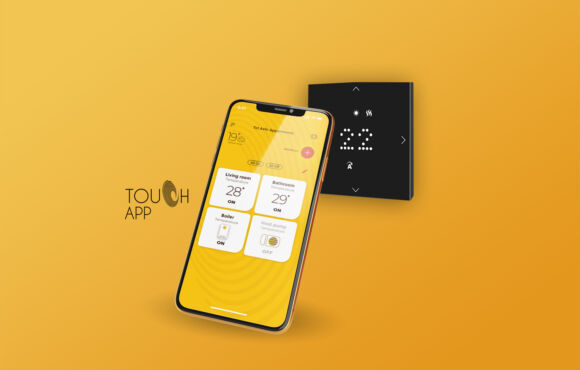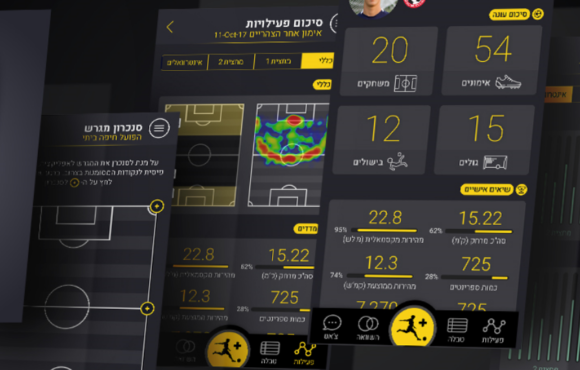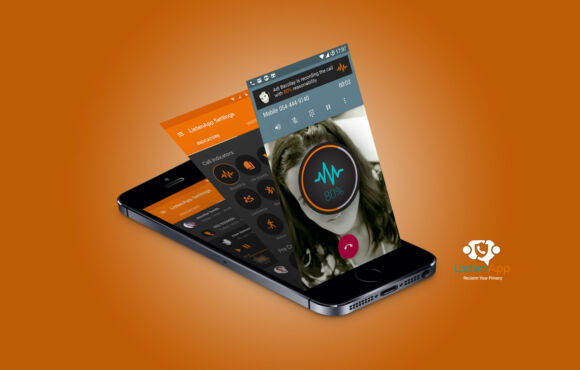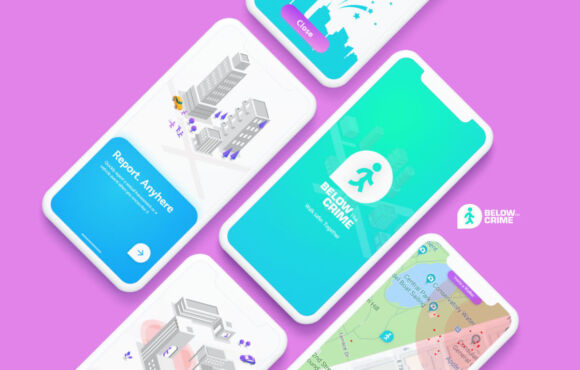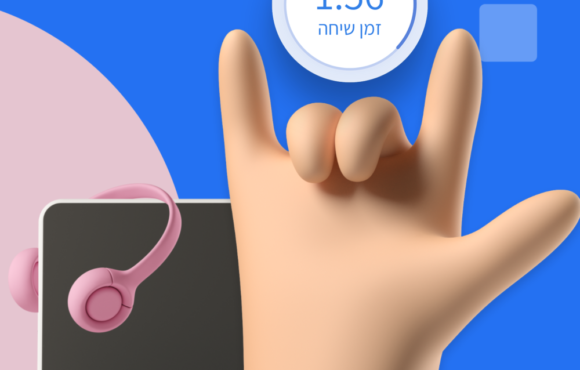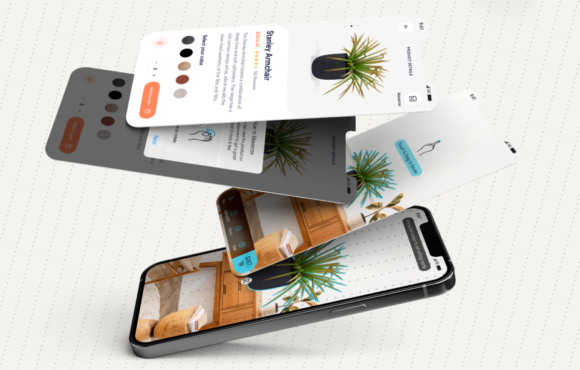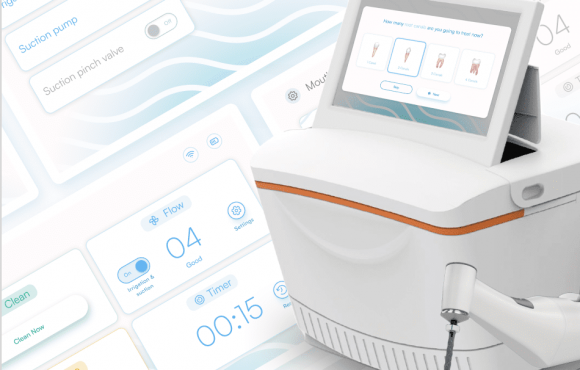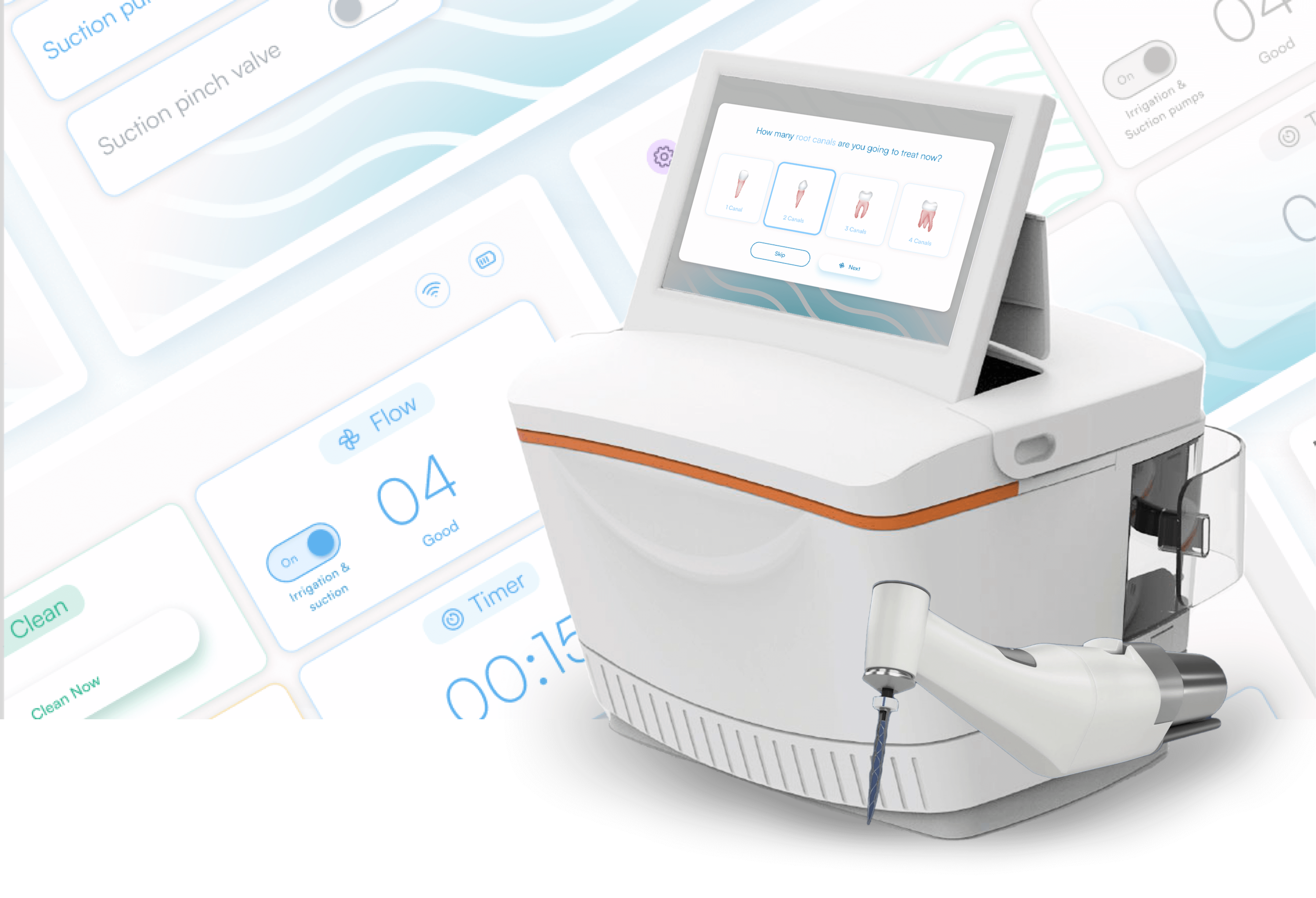
Improving patient outcomes, providing better care, and reducing healthcare costs
As technology advances, the role of user experience (UX) and user interface (UI) design in the medical field has become increasingly important. Medical products and devices, such as insulin pumps and heart monitors, play a crucial role in the health and well-being of patients, and they must be easy to use and understand.



Improving patient outcomes
Good UX and UI design can help improve patient outcomes by making medical devices more user-friendly and intuitive. This can help ensure that patients are able to correctly use their devices, leading to better adherence to treatment plans and overall better health.



Reducing the risk
In addition to improving patient outcomes, good UX and UI design can help medical professionals provide better care. Medical devices that are easy to use and understand can help healthcare providers quickly and accurately assess a patient’s condition and provide the appropriate treatment. This can help reduce the risk of medical errors and improve the overall quality of care.
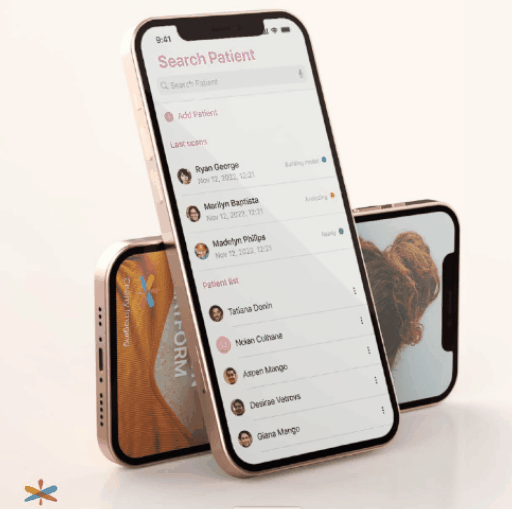


Reducing healthcare costs
Another critical benefit of UX and UI design in the medical field is that it can help reduce the cost of healthcare. Medical devices that are easy to use and understand can help reduce the need for costly training and support, saving time and money. In addition, well-designed medical devices can also help reduce the risk of costly complications and hospitalizations, which can help lower overall healthcare costs.
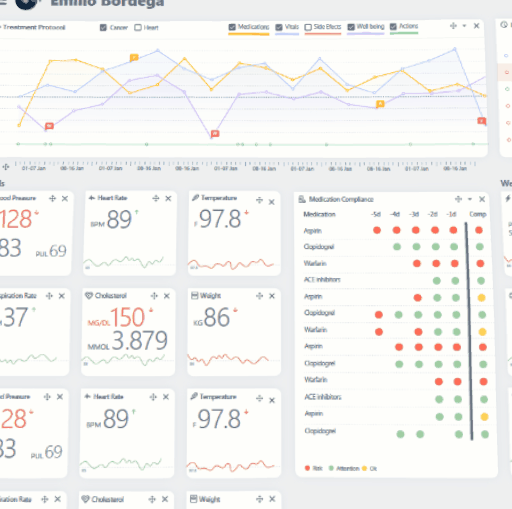


Better care for healthcare providers
Overall, the importance of UX and UI design in the medical field cannot be overstated. Good design can help improve patient outcomes, provide better care for healthcare providers, and reduce the cost of healthcare. As technology advances, the medical field must continue to prioritize UX and UI design in developing medical products and devices.
How can I help
In conclusion, the role of UX and UI design in the medical field is essential. Good design can help improve patient outcomes, provide better care for healthcare providers, and reduce the cost of healthcare. As technology continues to advance, it is crucial that the medical field continues to prioritize UX and UI design in the development of medical products and devices. By doing so, we can ensure that medical devices are easy to use and understand, leading to better health outcomes for patients and improved overall care
This study focuses on the role of medical designers in bringing innovation to the medical sector, specifically addressing the error factor of pump-syringe devices and proposing UX/UI design solutions
This article explores challenges faced by practitioners in Human Factors and Ergonomics (HFE) careers, including how to integrate user experience (UX) into corporations’ development plans
This study discusses practical methods of forming an interdisciplinary design research team to enhance the usability of specialized medical devices, specifically Environmental Control Units (ECU) in the VA Hospital healthcare system
Some relevant external links for the Importance of UX and UI Design in the Medical Field


